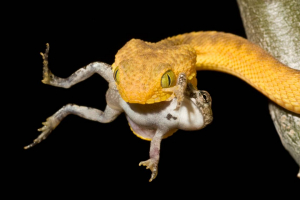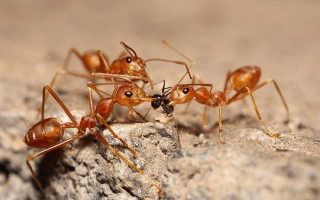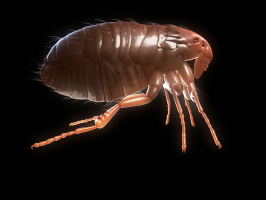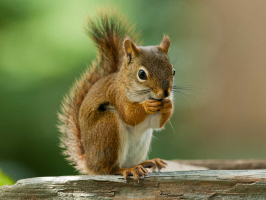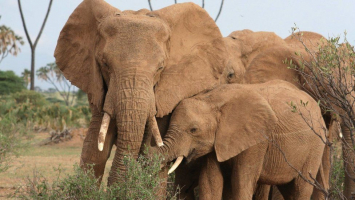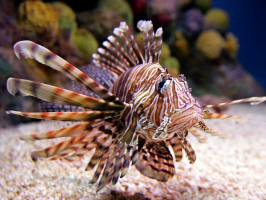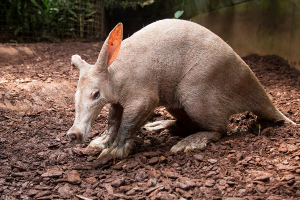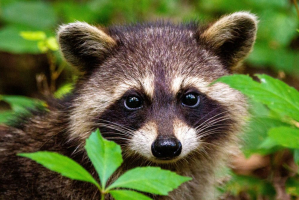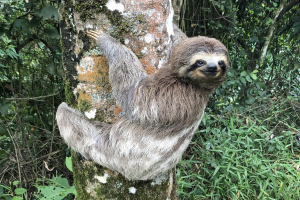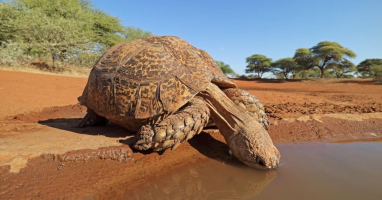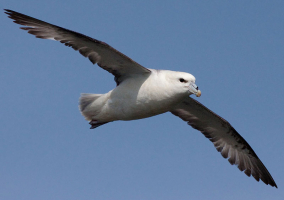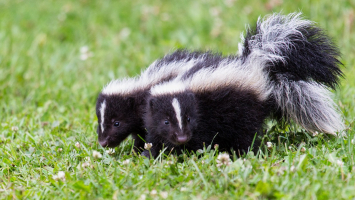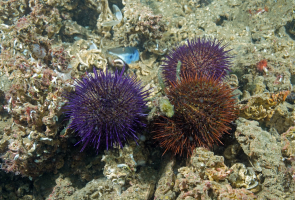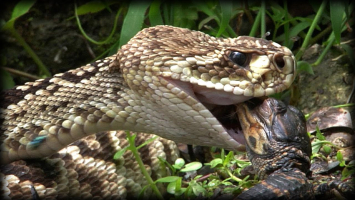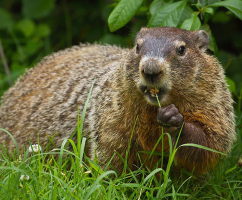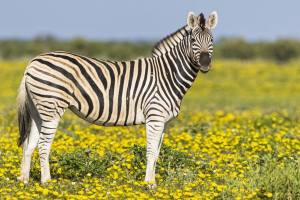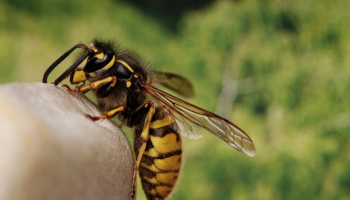Top 12 Predators of Scorpions that Eat Scorpions
If you're like most people, the mere thought of scorpions likely fills you with horror and anxiety. After all, these animals have the potential to be poisonous ... read more...and harmful. You might be surprised to learn that certain animals genuinely love eating scorpions, though. In this piece, we'll examine a few predators of scorpions that eat scorpions and discover why they find scorpions to be so tasty.
-
One of the most predators of scorpions that eat scorpions is the cane toads. Large, warty amphibians called cane toads are endemic to Central and South America. The cane toad possesses poison glands, and if most animals eat the tadpoles, they will die. Cane toads are particularly deadly to dogs since their poisonous skin may kill a wide variety of animals, both domestic and wild. The cane toad has been introduced to various areas of the Pacific and the Caribbean islands as a technique of agricultural pest management due to its ravenous appetite. The species' common name comes from its usage to protect sugar cane from the destructive cane beetle (Dermolepida albohirtum). In many of the areas where it was introduced, the cane toad is today regarded as an invasive species and a nuisance. The difficulties of introducing cane toads to Australia were chronicled in the 1988 movie Cane Toads: An Unnatural History.
They have an insatiable hunger and will consume nearly anything they can, even scorpions. Cane toads often hunt at night and locate their prey through their keen sense of smell. When they come upon a scorpion, they will immediately sting it with their poison before swallowing it whole. Even though the poison does not damage them, it is potent enough to immobilize the scorpion and make it simple for the cane toad to eat it.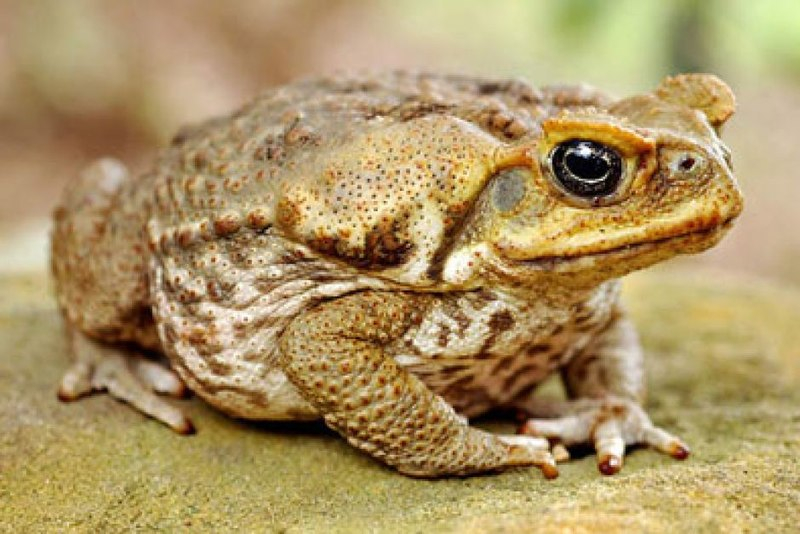
Photo: Smithsonian Magazine - Cane toad 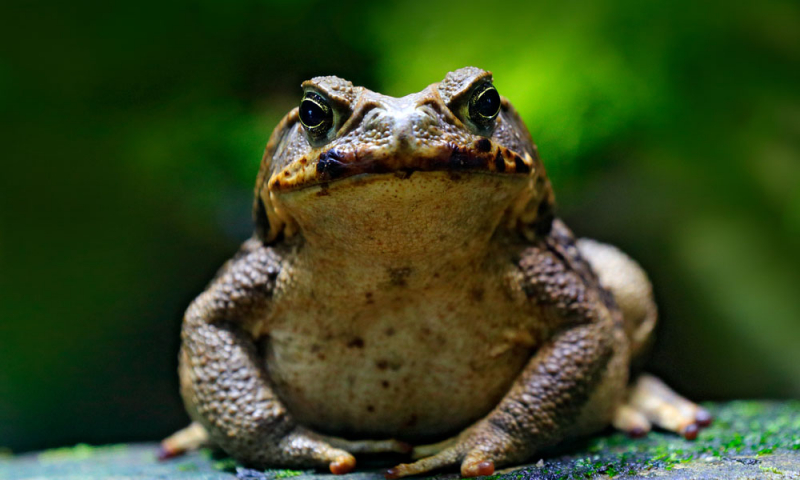
Photo: WWF-Australia - cane toad -
The southern grasshopper mouse, sometimes known as the scorpion mouse, is a predatory rodent species that is indigenous to Mexico and the American states of Arizona, California, Nevada, New Mexico, and Utah. It regularly preys on the extremely poisonous Arizona bark scorpion despite being noted for its venom tolerance.
Southern grasshopper mice are found in dry, scorching valleys and scrub deserts as their native environment. In comparison to males and females alone, a male and female and their progeny occupy a greater home range for burrowing. This scorpion predator is particularly intriguing because of the special defense mechanism it has developed to cope with scorpion stings. The little mouse's body has a protein that can interact with venom to block the transmission of pain signals to the brain. This enables the mice to endure discomfort when battling scorpions. The combination of the protein and venom aids the mouse in fending off different types of pain in addition to acting as a pain-blocking mechanism. Scorpions practically have no chance against the mouse since they cannot feel pain.
Southern grasshopper mice have no known conservation difficulties, partly because of their widespread range and tolerance for arthropod-caused disruptions. Their low-density populations have seen some upheavals, nevertheless. To learn more about this species' conservation status, several further population studies must be conducted.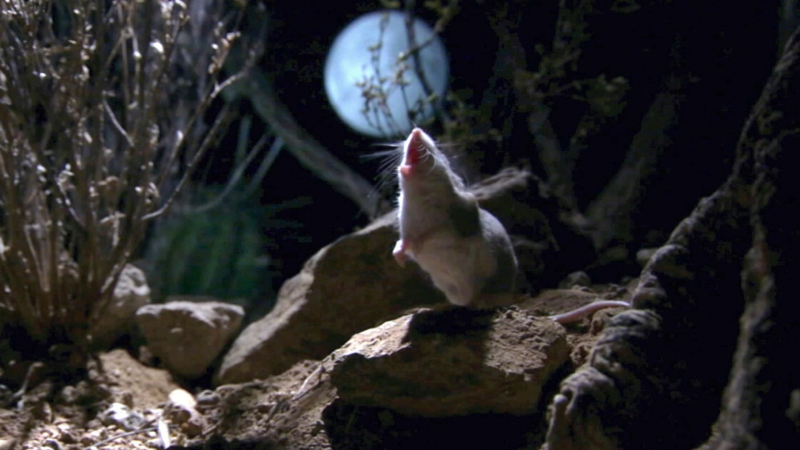
Photo: National Geographic - This Grasshopper Mouse Hunts Scorpions 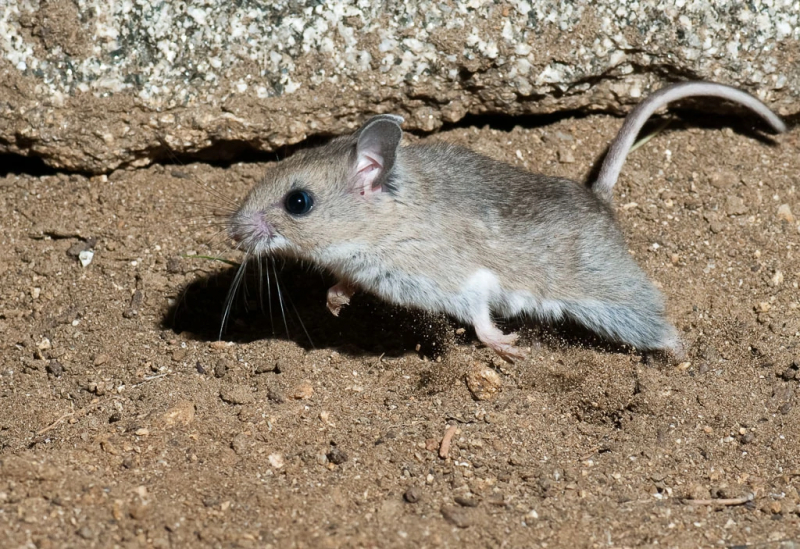
Photo: Animals Wiki - Fandom - Southern Grasshopper Mouse -
The southern ground hornbill is the biggest species of hornbill in the world and is one of only two ground hornbill species that are exclusively found in Africa. The southern parts of Africa, from Kenya to South Africa, are where you may find it. They live in both the savannas and the forests of these areas.
Their nests are frequently discovered in shallow cavities like as rock crevices on cliff sides or high tree cavities. These birds have a lifetime of 50 to 60 years, and they can live up to 70 years in captivity. Regarding their lengthy lifespans, they don't begin reproducing until they are between 4 and 6 years old. The color of their necks, which are pure red in the males and a deep violet-blue in the females, may be used to determine their sex.
This endangered bird is indigenous to Africa. The majority of their prey is found on the ground, where the carnivorous southern ground hornbills hunt. From insects to tiny animals, this food is available. The biggest and heaviest of the hornbill species, it possesses a sizable beak. These characteristics make the hornbills respectable foes. These predatory scorpions attack and weaken scorpions using their robust beaks. When the scorpion gives up and is unable to strike, the hornbill may simply devour it. The Southern ground hornbill also preys on snakes, tortoises, and tiny monkeys in addition to scorpions.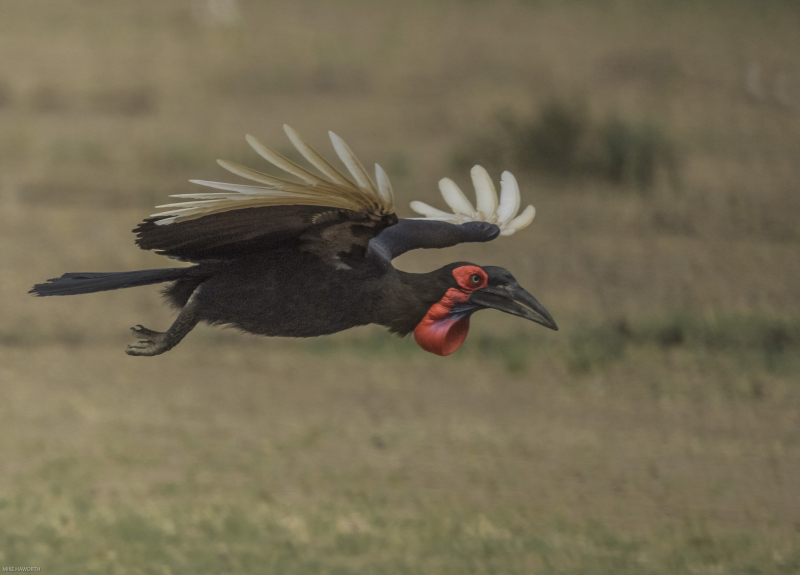
Photo: Howie's Wildlife Images - Southern Ground Hornbill 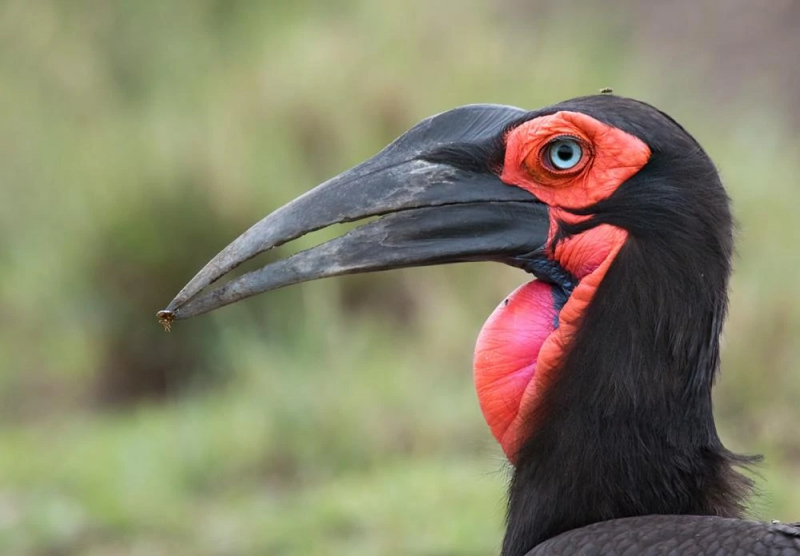
Photo: Animals Wiki - Fandom - Southern Ground Hornbill -
The tarantula is an invertebrate that, like all arthropods, depends on an exoskeleton for muscular support. Typically, trapdoor spiders, funnel-web spiders, purse-web spiders, and occasionally even members of the Lycosidae family of spiders are mistaken for tarantulas. A tarantula can be recognized in a variety of ways. First, the hairs: most tarantulas in the Americas have urticating hairs, while some, like those in the Hemirrhagus genus, do not. Compared to the majority of other spiders, the hairs are typically more obvious. Another factor is size; tarantulas tend to be larger, but this is not a foolproof method either. Additionally, they don't hunt with their webs; instead, they employ them as tripwires or building materials.
Although they both belong to the same class, the Arachnids, scorpions and tarantulas do not get along. The two are natural adversaries, with tarantulas typically winning battles. Tarantulas are bigger than scorpions, have enormous, poisonous fangs, and have hairs all over their body to improve their sense of smell. Additionally, they can easily combat scorpions due to their strength and speed.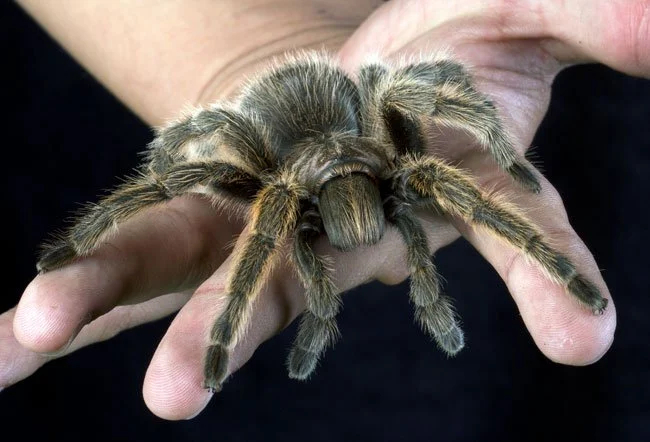
Photo: Wikipedia - Tarantula 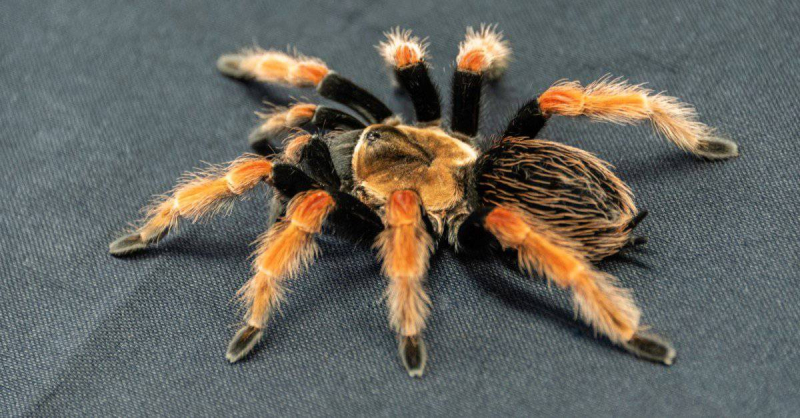
Photo: AZ Animals - Tarantula -
As a social animal, meerkats form packs of two to thirty individuals, with almost equal numbers of each sex, as well as numerous family units made up of partners and their young. In a pack, duties like caring for puppies and keeping an eye out for predators are rotated among the members. Meerkats are a cooperative breeding species; normally, in a pack, the dominant 'breeders' give birth to young, while the nonbreeding, inferior 'helpers' take good care of the young. Similar to the breeder-worker divide in ants, this division of labor is not as clearly defined as it is in specialized eusocial species. A distinct dominance hierarchy also exists among meerkats, with older animals having a greater social standing.
Meerkats are small, cute animals who attack scorpions with little effort. They are intelligent and have evolved a special hunting technique through the years that they pass on to their offspring. A meerkat will watch the scorpion's activities and wait patiently before attacking it. The meerkat will wait once again until there is a chance to attack the scorpion's tail after recognizing the scorpion's motions. This will stop the scorpion's poison from stinging someone. Meerkats are very immune to the venom of scorpions and can withstand their attacks, in addition to having a clever hunting technique.
Photo: Expert Africa - Meerkats in South Africa 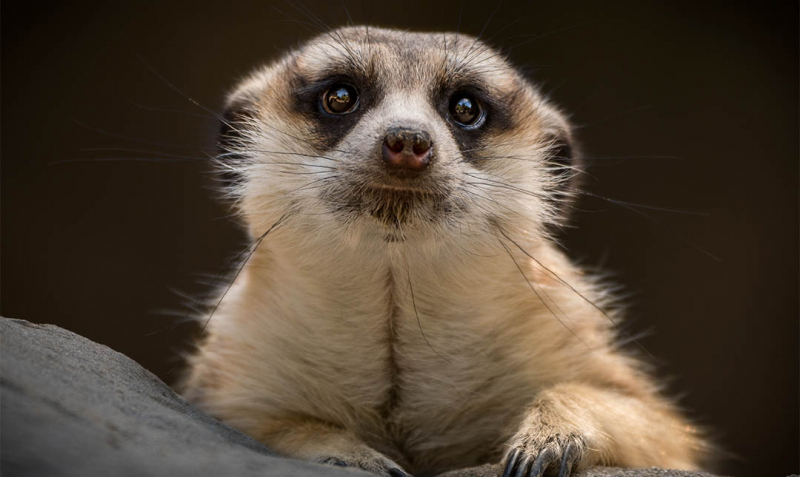
Photo: LA Zoo - Meerkat -
Shrews are tiny mole-like animals that belong to the Eulipotyphla group. Treeshrews, otter shrews, elephant shrews, West Indies shrews, and marsupial shrews all belong to separate families or orders and should not be confused with true shrews. Despite having a long snout and similar exterior features to mice, shrews are not rodents like mice. In actuality, it is far more closely related to hedgehogs and moles; the only thing shrews have in common with rodents is that they are both members of the Boreoeutheria major order. Rodents have front incisor teeth that grind objects, but shrews have sharp, spike-like teeth.
Shrews are mostly terrestrial animals that forage in leaf litter and other dense vegetation for seeds, insects, nuts, worms, and other types of food. However, certain shrew species are experts at climbing trees, subsisting underground or under snow, or even foraging in water. Despite having tiny eyes and relatively poor eyesight, they have keen hearing and smell senses.Shrews are swift and aggressive. They can defeat the scorpion in any conflict. These scorpion hunters use their quick reflexes to avoid any incoming assaults from the arachnid's tail when battling scorpions. Shrews eat up scorpions with their keen teeth when the chance arises. The shrew always prevails because of its fury and quickness, even if the scorpion might be able to hold its own for a while.
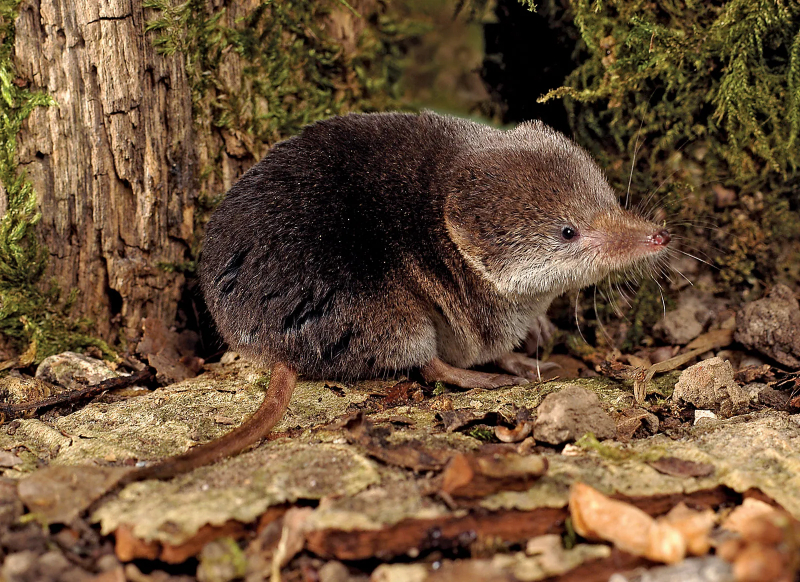
Photo: Encyclopedia Britannica - shrew 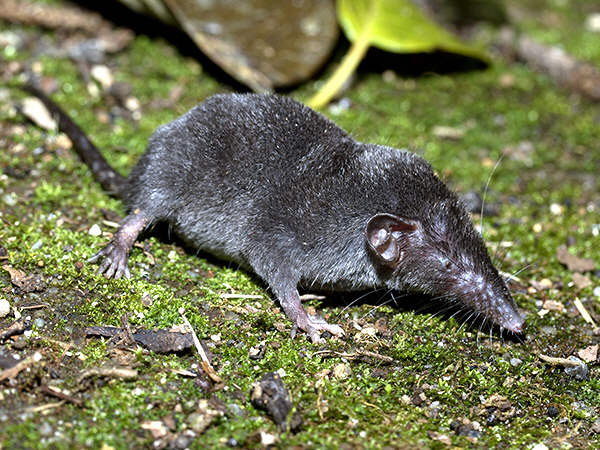
Photo: Ecology Asia - Shrew -
A mongoose is a tiny terrestrial carnivorous mammal from the Herpestidae family. Currently, this family is divided into the Herpestinae and the Mungotinae subfamilies. Mongooses are long-faced and long-bodied animals with short legs and long, tapering tails. The majority are grizzly or brindled; a few have intensely marked coats that resemble mustelids in a striking way. The primary function of their nonretractile claws is digging. Mongooses have the same small, ovular pupils as goats. Most species have a sizable anal smell gland that is utilized to mark territory and indicate the stage of reproduction.
Insects, crabs, earthworms, lizards, birds, and rodents are the main food sources for mongooses. They do, however, also consume eggs and carrion. Simple techniques can be learned by certain creatures. They may be maintained as pets and are semi-domesticated to keep pests in check.
One of the deadliest predators of scorpions is the mongoose. They have a reputation for consuming deadly creatures. In fact, they attack a variety of dangerous animals that no other mammal would dare to approach in their pursuit of food. The scorpion is one such animal. Mongooses, like meerkats, are extremely immune to the venom of scorpions and may withstand a few stings before feeling the urge to flee. Mongooses are swift and observant, avoiding any incoming threats while watching scorpion movements. The scorpion will then be struck by the mongoose and instantly die.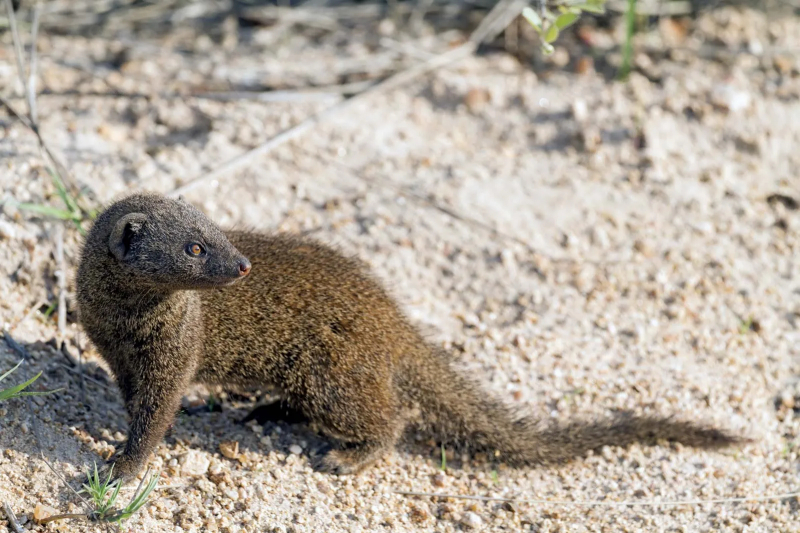
Photo: Encyclopedia Britannica - mongoose 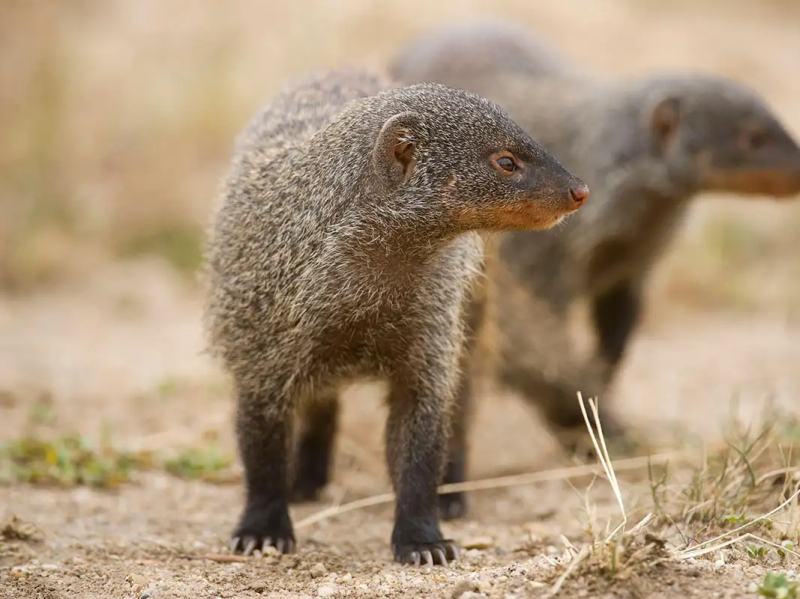
Photo: New Scientist - mongooses -
A domesticated species of tiny carnivorous animal is the cat. Since it is the only domesticated species in the Felidae family, it is frequently referred to as the domestic cat to set it apart from the other wild cats in the group. The cat has characteristics with other felid species in terms of its anatomy, including a strong, flexible body, rapid reflexes, keen teeth, and retractable claws designed for destroying tiny prey. It has a keen sense of smell and good night vision. Meowing, purring, trilling, hissing, growling, and grunting are just a few of the vocalizations and body language used by cats to communicate. The cat is a predator that hunts alone yet belongs to a gregarious species. It is most active around dawn and night. It is capable of picking up noises that are too high in pitch or too weak for human hearing, such those generated by mice and other tiny creatures. Pheromones are also produced and detected by cats.
Cats are known for their adoration of all things rodent, but they also appear to enjoy scorpions. Cats regularly hunt and consume scorpions as part of their diet.
This is most likely a result of cats' keen hearing and smell capabilities, which enable them to find scorpions even when they are buried deep below. Additionally, cats appear to love the process of hunting in and of itself, and one way they do this is by eating scorpions.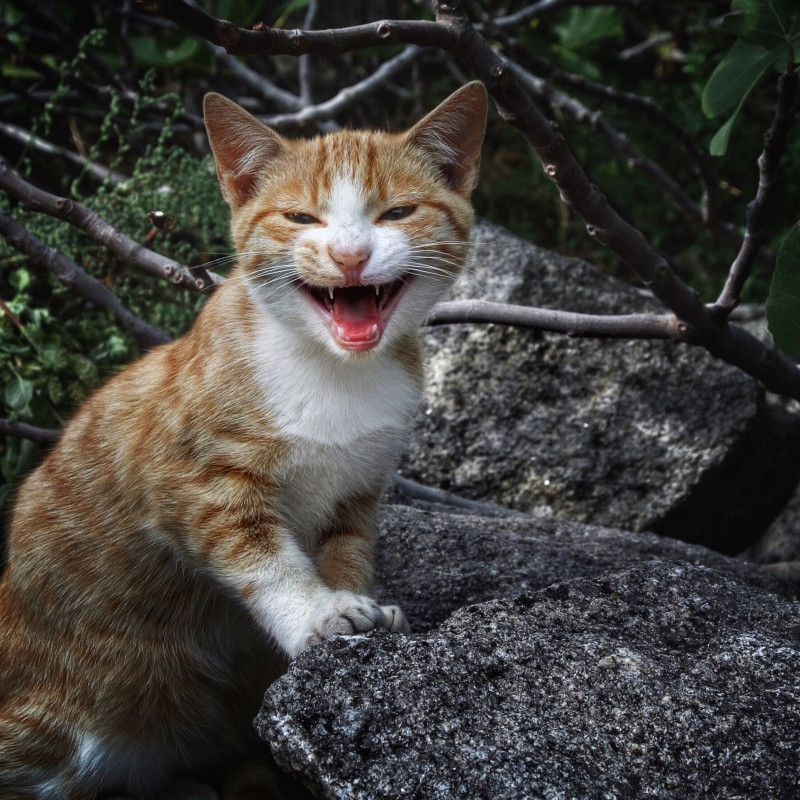
Photo: Treehugger - Cat 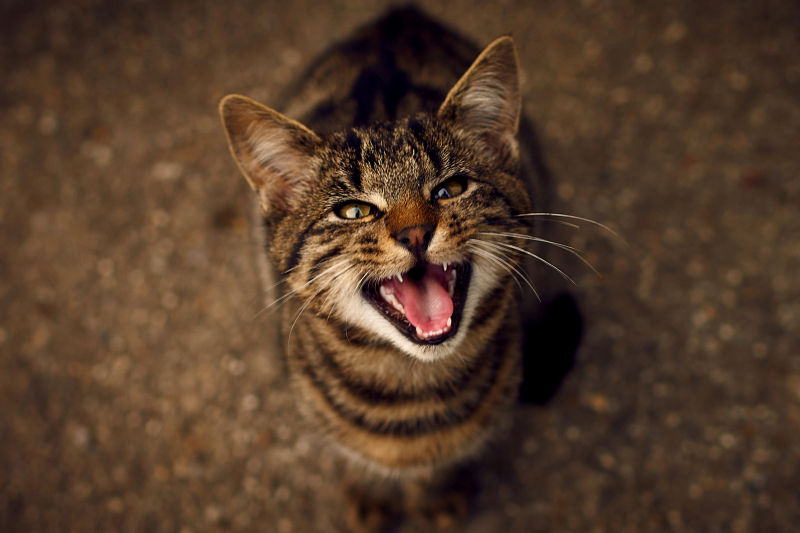
Photo: Cats - LoveToKnow - Cat -
Chickens are one of the most common predators of scorpions that eat scorpions. Chickens are social creatures that live in flocks. They raise their offspring together and incubate eggs in a communal manner. A flock of hens will have dominant individuals who will create a "pecking order," giving them priority access to food and nesting areas. This social structure is momentarily upset when hens or roosters are taken out of a flock until a new pecking order is formed. Younger chickens added to an established flock of hens might cause conflict and harm.
This is probably a result of both their instincts and their capacity to withstand a range of diets. Chickens are able to locate and feast upon scorpions with easily since they have an enhanced sense of smell and taste compared to many other animals. Furthermore, chickens have robust immune systems that enable them to resist the venom of the majority of scorpions.
A rooster may invite other chickens to eat first when he discovers food. He accomplishes this by picking up and dumping the food while clucking loudly. Mother hens are known to call their chicks and urge them to feed by using this behavior. The crowing of a rooster is a loud, occasionally harsh cry that serves as a territorial indication to other roosters. But roosters may also croak in response to unexpected shocks in their environment.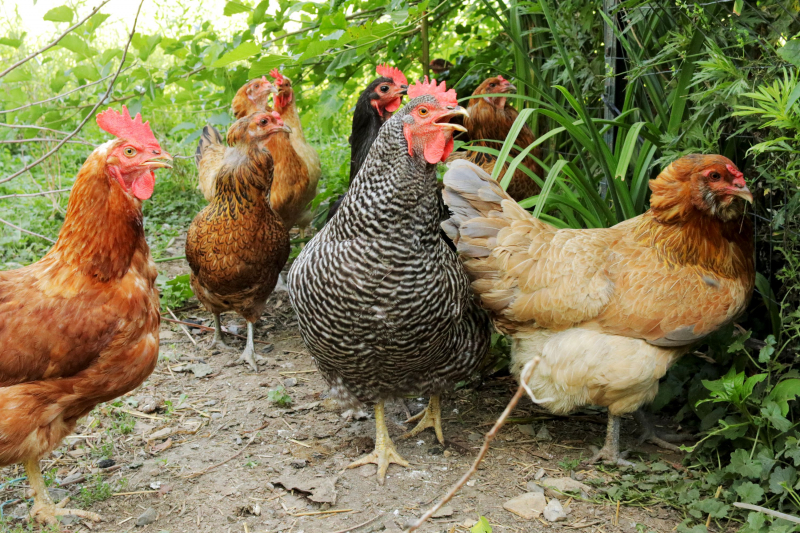
Photo: The Spruce - Chicken 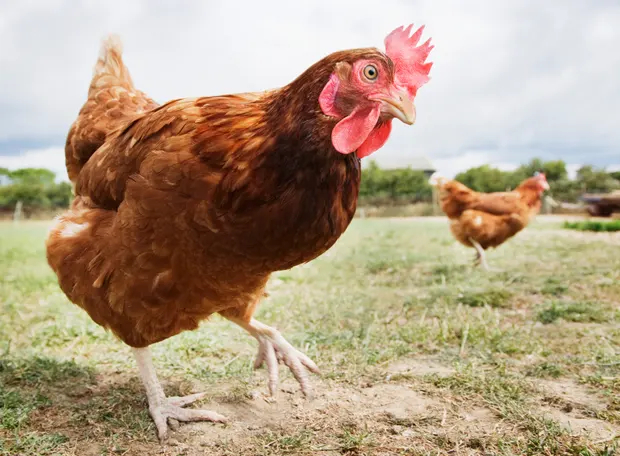
Photo: The Guardian - chicken -
In Eastern North America, from Mexico to Canada, the eastern screech owl, often known as the eastern screech-owl, is a tiny owl that is rather widespread. This species is native to the most of the forested areas in its territory, and more than any other owl in its range, it has adapted well to human development, yet its exclusively nocturnal activities usually help it evade notice. Eastern screech owls only spend the day in tree cavities or adjacent to their trunks, making them totally nocturnal.
They are rather typical and frequently encountered in residential settings. However, they are considerably more usually heard than seen because of their diminutive size and concealment. It's common to hear these owls singing at night, especially in the spring when they breed.
It is well known that these little owls consume a wide range of prey, including scorpions. Studies have revealed that scorpions make up a significant amount of the screech owl's diet, which is around 50% invertebrate.
Because scorpions produce a highly distinctive sound when disturbed or crushed, these owls' ability to detect the noises of their prey is one reason why they are so successful at catching them. The amazing night vision and hunting abilities of screech owls also enable them to discover other types of prey if necessary in addition to scorpions.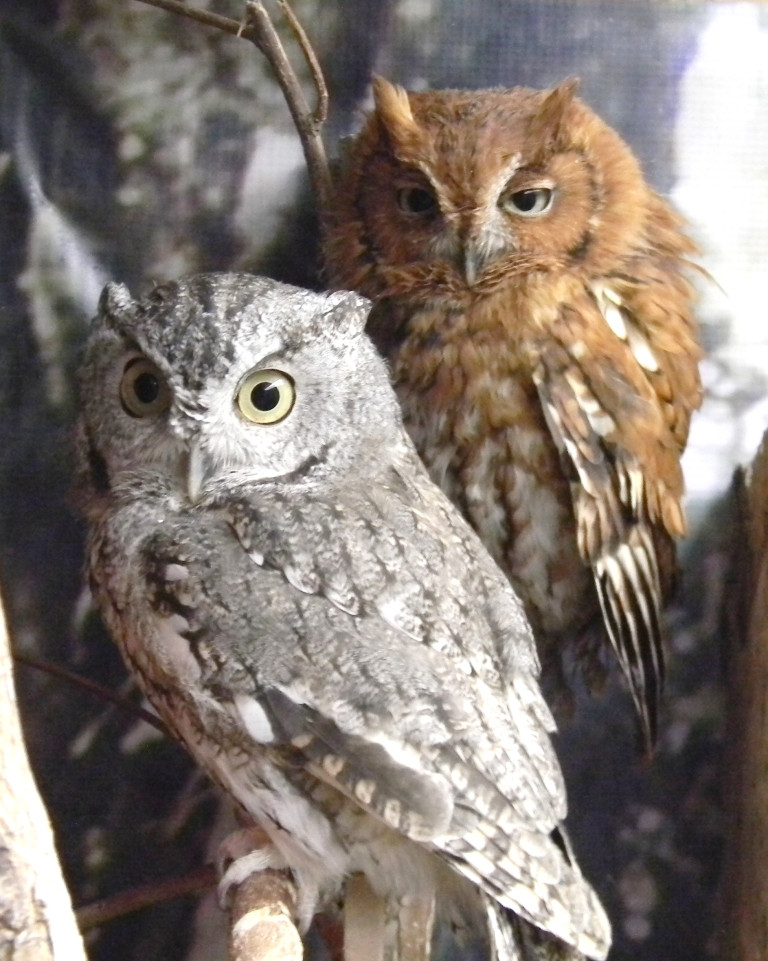
Photo: Southern Vermont Natural History Museum - Eastern Screech Owls 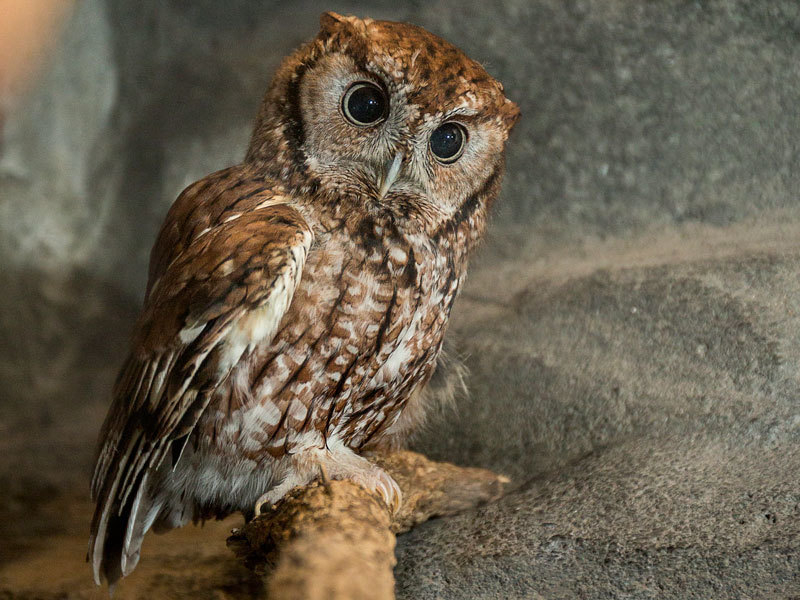
Photo: Discovery Place Nature - Eastern Screech Owl -
Mammals in the Chiroptera order include bats. They are the only animals that can truly and continuously fly because to the adaptation of their forelimbs as wings. When flying, bats are more nimble than most birds because they use their extremely long, spread-out fingers, which are protected by a thin membrane called a patagium.
A variety of foods, including insects, nectar, pollen, fruit, and even vertebrates, are consumed by various bat species. Bats must eat a lot of food relative to their size because of their tiny stature, strong metabolism, and quick energy loss during flying. Compared to frugivorous bats, insectivorous bats can consume more than double their body weight in food. In quest of food, they can cover considerable distances each night, in the case of the spotted bat (Euderma maculatum), up to 38.5 km (24 mi). Bats employ a range of hunting techniques. Many species of bats also drink from water sources like lakes and streams by hovering over the surface and dipping their tongues into the water. Bats obtain the majority of their water from the food they consume.
These nocturnal animals are renowned for having a keen hearing sense that enables them to find their prey in the dark. Bats have a high sense of smell in addition to their excellent hearing, which helps them discover food even more. When a bat comes upon a scorpion, it will use its strong claws to catch it and then consume it.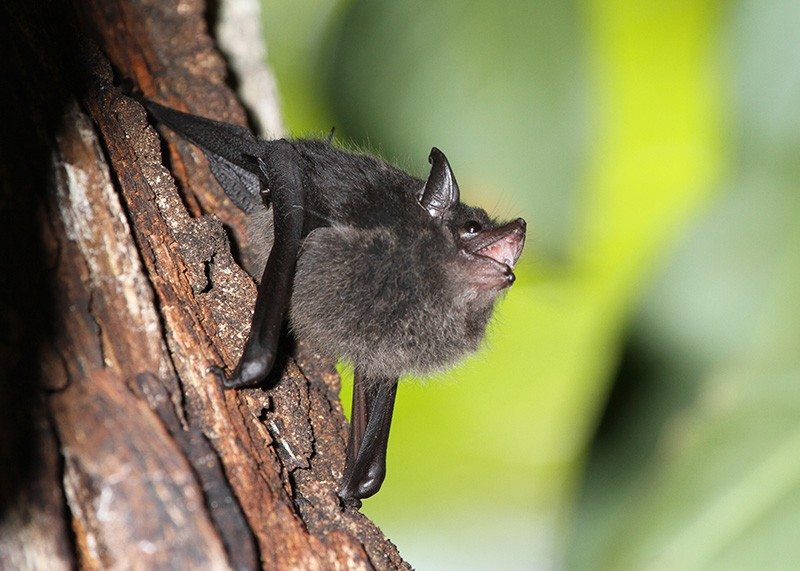
Photo: Nature - Baby bat 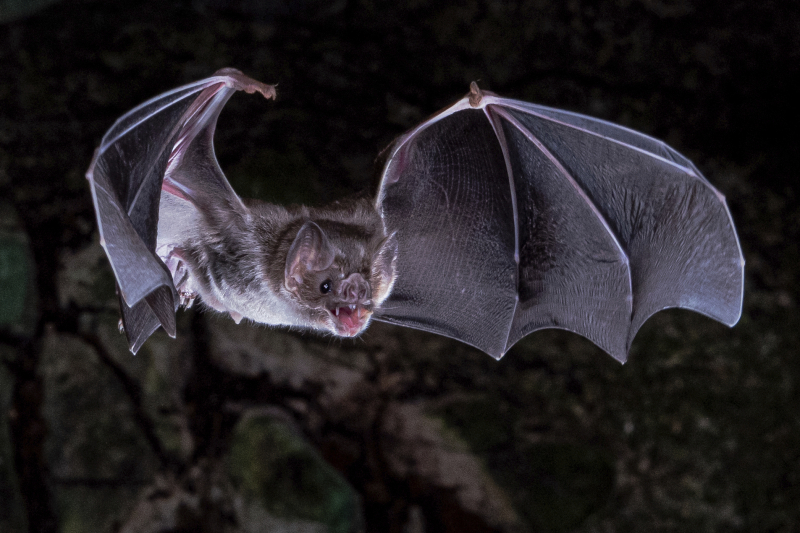
Photo: WSLS - Bat -
The list of predators for scorpions includes humans as well. Scorpions are abundant in protein and are simple to locate in some places. Although eating scorpions may not appeal to the squeamish, they are excellent when properly prepared and served. Because of the venom in scorpions, it may be rather dangerous to catch and consume them. It is made harder by the fact that many people are instructed to avoid creatures that bite or sting. They can be consumed raw, however heating is advised. If they are going to be eaten raw, the venom glands and stinger are first removed. They are left on for cooking since the heat breaks down the venom. In China, scorpions are eaten while still sporting their stingers. They are thought to offer certain health advantages.
Protein content in scorpions and other insects has been shown to be 80%, compared to 20% in beef. While this could seem like a problem for those who are concerned about their weight, it is beneficial in a survival situation when calories matter. They may aid in maintaining energy. The availability of scorpions in some locations makes them a somewhat dependable source of food. Here, humans employ cunning techniques to collect scorpions without being stung. Cooked scorpions have flavors similar to those of crab, shrimp, popcorn, and even fried chicken skin. Nutritionists claim that eating scorpions is harmless. Nutritionists advise consuming them for reasons other than survival because of their numerous health advantages.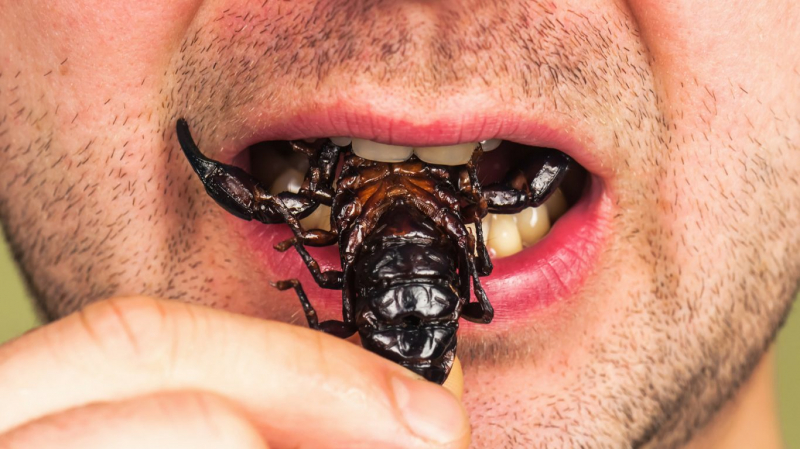
Photo: City of Hope - Man Eating Delicious Fried Scorpion 
Photo: faunafacts - Human














